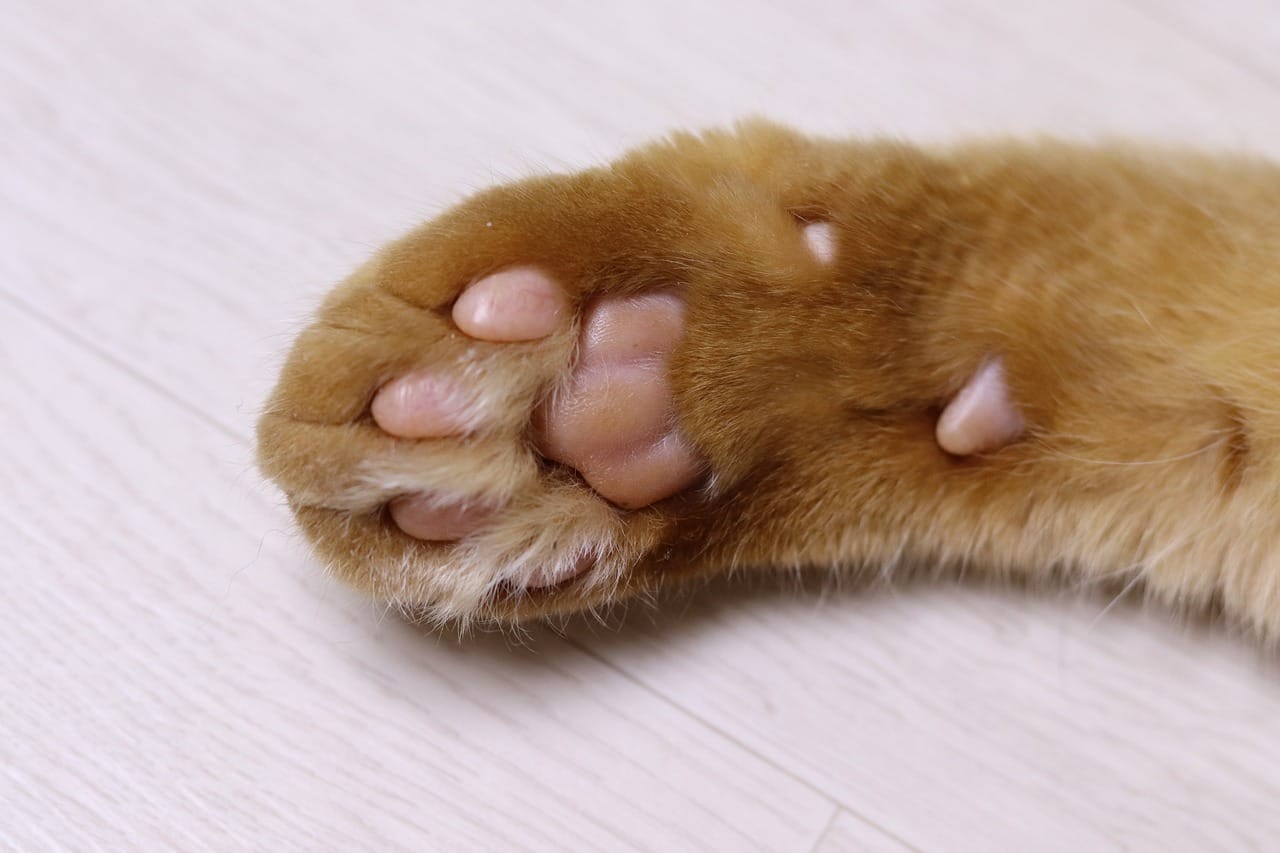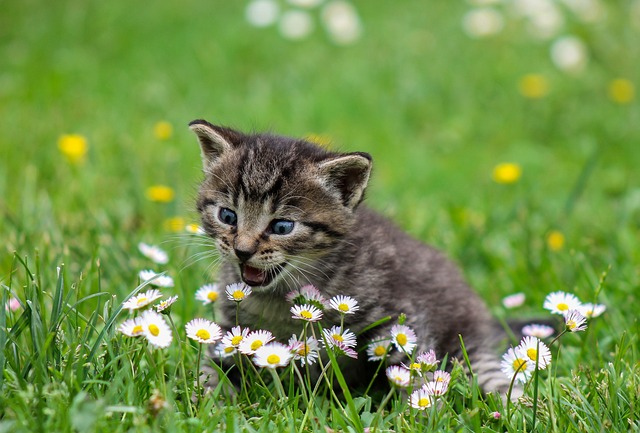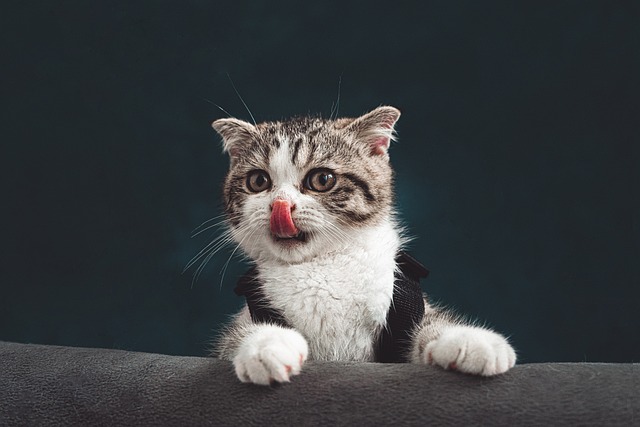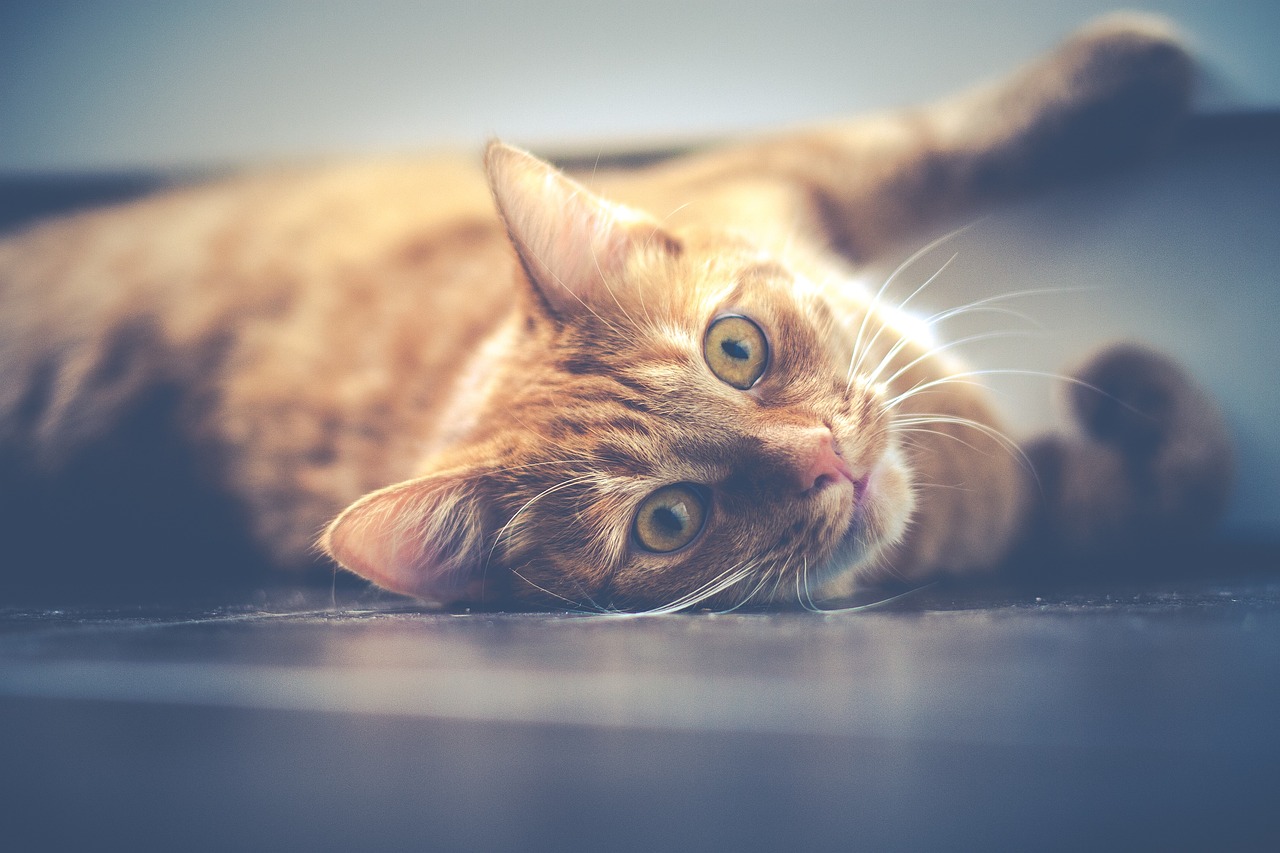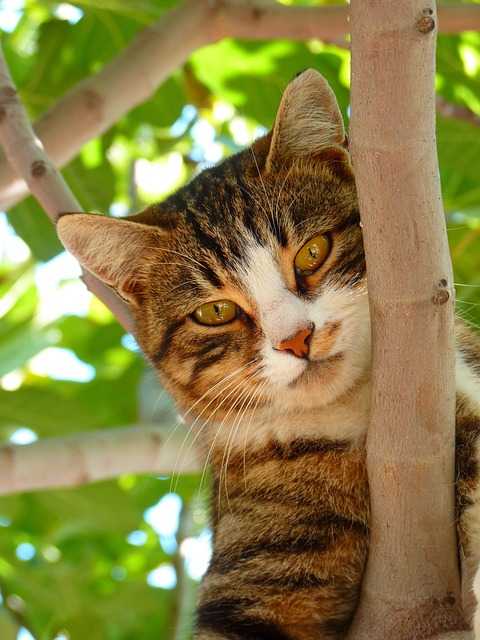In the intricate world of feline behavior, understanding our cats’ subtle cues and messages is a quest many cat owners embark upon. Japanese author Akatsuki has delved into this realm with their study on the art of reading cat paw patterns. This study offers insights that unveil the mysteries of our feline friends.
Understanding Akatsuki’s Study About Cat Paw Patterns
Akatsuki’s study on reading cats’ paws is rooted in Japanese culture and history. At ancient times, cat paws represented a window into a cat’s soul. Through meticulous observation and analysis, Akatsuki’s research sheds light on the significance of paw patterns, textures, and behaviors in deciphering feline emotions and well-being.
The Art of Reading Cat Paw Patterns
According to Akatsuki, cats’ paws convey a myriad of messages about their mood, health, and needs. From the softness of their pads to the arrangement of their toes, each aspect offers subtle clues. Attentive observers can interpret these clues to better understand their feline companions.
Type A: Heart-Shaped Middle Pad
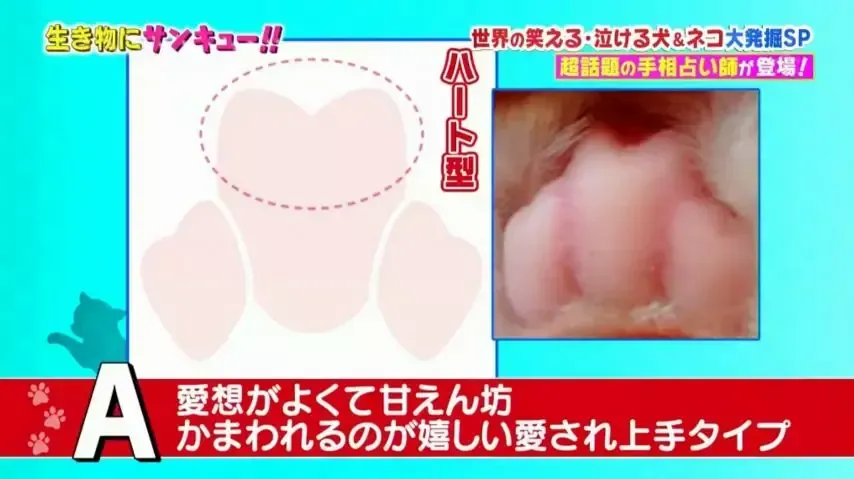
Cats categorized as type A have a divot in their middle paw pad that resembles a heart shape. Type A kitties differ with their affectionate nature and love for cuddling. They form strong bonds with their human companions and have a special affinity for food, making them delightful companions in the home.
Type B: Rounded Middle Pad
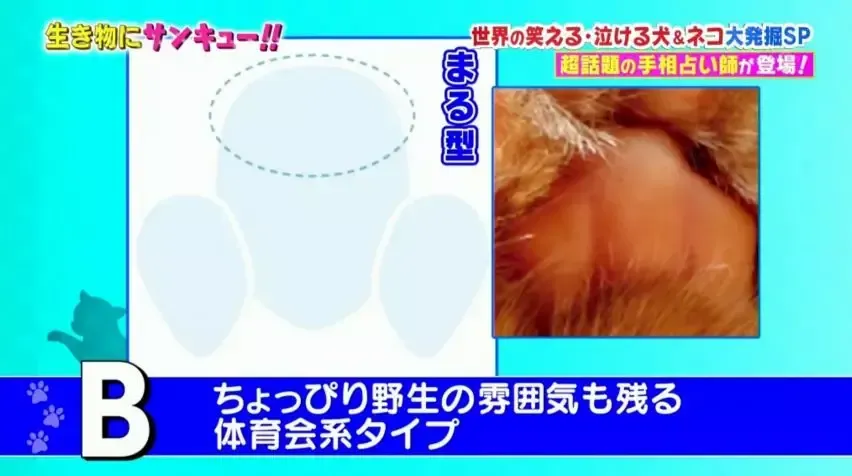
Type B cats have a rounded top to their middle toe pad. They are outgoing and sociable, beloved by everyone they encounter. While they may not be big on snuggling with humans, they are polite and accommodating, making them excellent companions for multi-cat households.
Type C: Flat-Topped Middle Pad

Cat’s with a flat middle toe bean fall under Type C. These cats tend to be shy, especially around strangers, and prefer to be the only cat in their home. Despite their reserved demeanor, they have a photogenic quality and often pose for glamorous photos, capturing the hearts of many with their elegant presence.
Type D: Less Pronounced Version of Type C
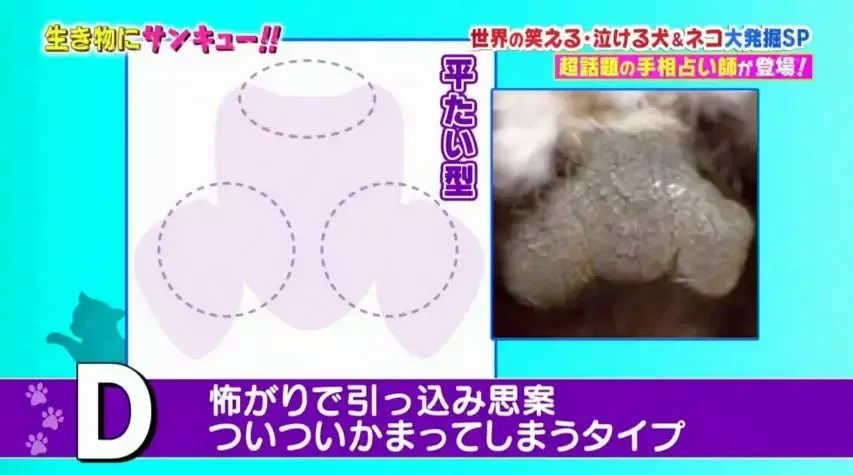
Type D cats have a subtler flat top compared to Type C cats. They embody the stereotypical aloofness often associated with cats, requiring effort to earn their respect and affection. While they may appear distant, they can form deep bonds with patient and understanding owners.
Type E: Triangular Paw
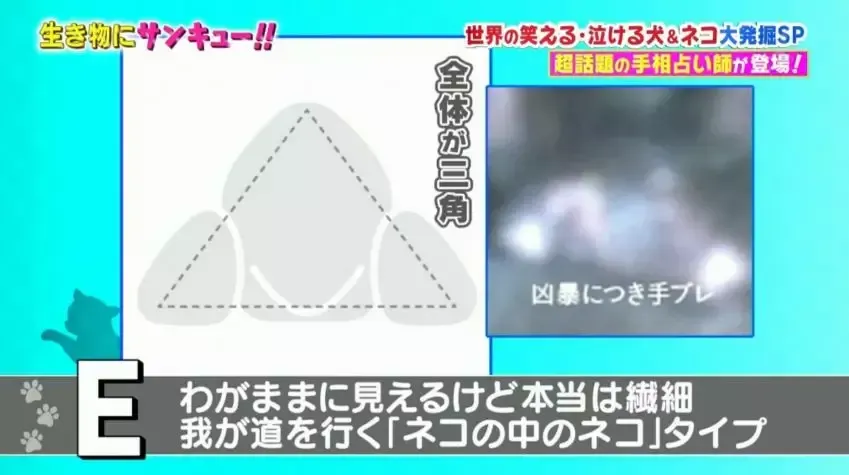
Type E cats have triangular-shaped pads. These cats are considered unique and perhaps a bit quirky. While the significance of this paw shape is not entirely clear, it’s believed that these cats are energetic and playful, often exhibiting nutty behavior that keeps their owners entertained.
Conclusion
Akatsuki’s exploration of the art of reading cats’ paws offers a fascinating glimpse into the intricate world of feline behavior and communication. By embracing this ancient practice, cat owners can deepen their connection with their feline companions. May they embark on a journey of mutual understanding and companionship.

